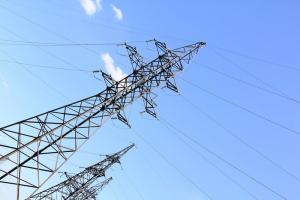Transmission cost allocation when electrons and benefits move in different directions.
Bruce Radford is executive editor of Public Utilities Fortnightly. Contact him at radford@fortnightly.com.
You've heard the old saw, "Costs are assigned to those who caused them." But what about damage from Superstorm Sandy? Who "caused" that?

Better, perhaps, to allocate transmission costs according to benefits received. But even then, how would we measure them? Who benefits when you harden the grid against the next Sandy? Does the answer depend on how the electrons flow?
Consider three new transmission projects now planned for the PJM grid under the region's RTEP program ("Regional Transmission Expansion Plan"). Two of these projects are slated for northern New Jersey: the Bergen-Linden-Corridor and Sewaren projects, to fix problems from short circuits (BLC) and Superstorm Sandy (Sewaren), and a third, known as "Artificial Island," which calls for a new 230-kV AC line to run under Delaware Bay to northern Delaware, to provide a much-needed transmission outlet for the Salem and Hope Creek nuclear complex in southern New Jersey, to correct problems concerning generator stability. Together these three projects will impose some $2 billion in new transmission costs on a swath of electric consumers running up and down the Atlantic seaboard, from New York City down to Rehoboth Beach, Delaware.

